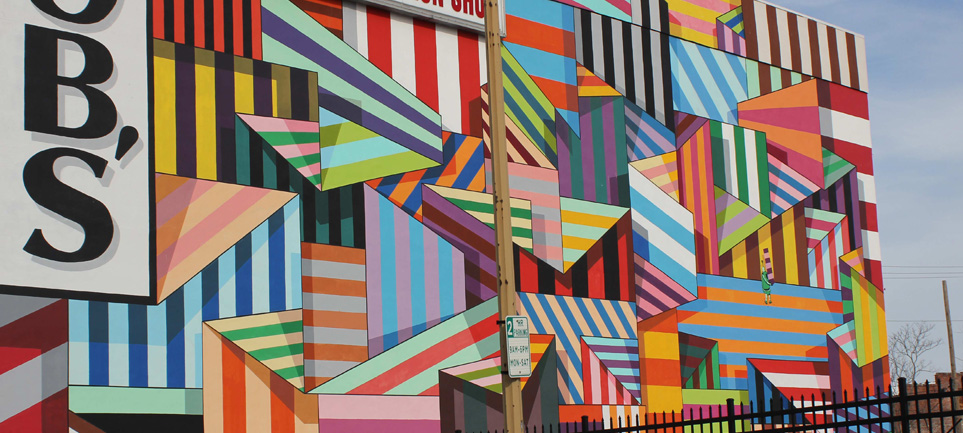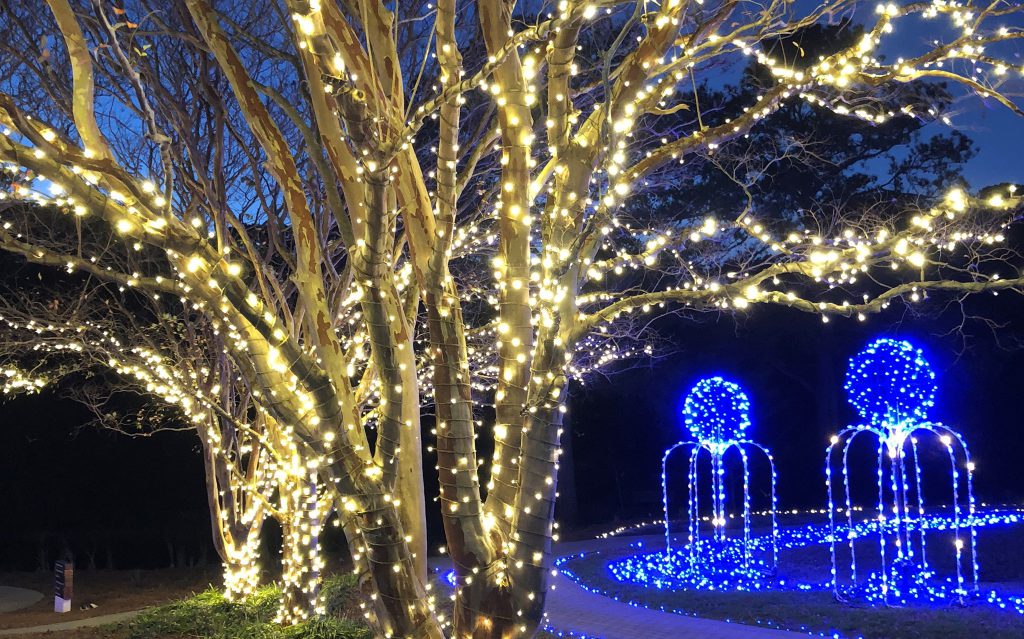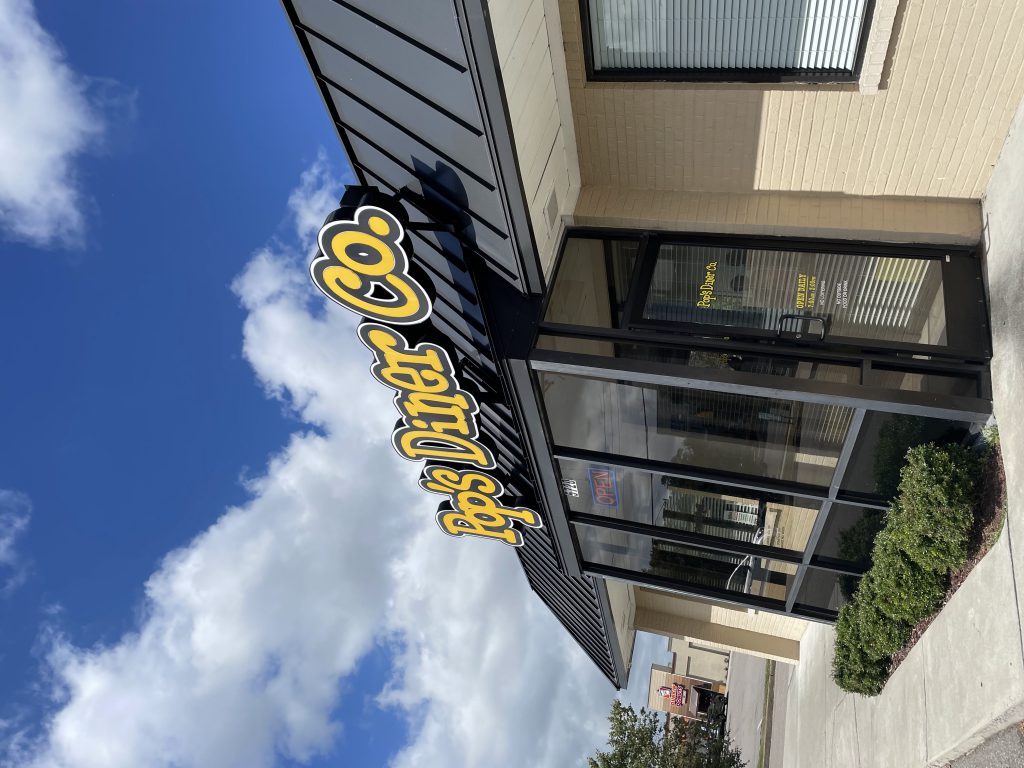
By Stephanie Singer
On the outskirts of Downtown Norfolk, a once-abandoned corner of the city now glows with creativity. An art museum educates and inspires people who pass through its doors. Murals splash vivid color onto previously dull walls. Metal sculptures with straight lines and sharp angles lend a sense of strength to the city.
Most know this place as Norfolk’s arts district. Locals call it the NEON District.
Meredith Cheatwood, a Norfolk resident, lives near the arts district. “This area suffered a lack of public attention, but now that all this new creative energy has been poured into the district, people are beginning to develop a newfound interest in spending time there,” Cheatwood said.
While this energy flows from every corner of the district, every form of energy has a source. The Chrysler Museum of Art serves that purpose.
A new glass exhibit draws people in. Each piece has a story behind it. For example, a Victorian-era museum displayed a Roman vase, but a drunken visitor shattered the vase. Fortunately, new techniques allowed the curators to make an almost-exact replica of the original. The replica now stands proudly at the Chrysler Museum.
Art from around the world illustrates history in a way the written word cannot. Japanese paintings and Chinese ceramics reflect details about civilizations of Asia. A video screen near a stone sarcophagus describes the Egyptian mummification process. Greek sculptures and Roman mosaics depict the classical ideal of beauty. Masks and ceremonial staffs give a window into pre-colonial Africa. Stone figures and painted textiles from the natives of Central America tell stories of their own.
Dr. Singer, a visitor to the museum, puts the museum and arts district into a broader scope. “The arts connect us to our past, and they influence multiple cultures throughout time,” Singer said.
Walk across the street from the Chrysler Museum, climb white concrete steps and enter a tinted glass door. Here at the Perry Glass Studio, glassmaking demonstrations are conducted.
The interior looks stark, with concrete floors and unadorned walls. Intense heat blasts from three furnaces. Three rows of scarlet-seated chairs provide room for an audience,
Two glass artists arrive. They both wear fitted black t-shirts with “GET FIRED UP!” screen-printed in red across the chest, paired with jeans. The first artist is a woman. She’s average in height with dark brown hair coiled back in a tight bun. The second is a young man with a calm smile.
The woman introduces herself as Emily, and the man as James. Emily picks up a long metal pipe and walks over to the first furnace, called a gathering chamber. When she removes the pipe, yellow-orange glass droops from the tip. She immediately begins rotating the pipe so the glass doesn’t drip.
“I’ve always wanted to see how big we can blow a glass bubble,” Emily says with a childlike curiosity. The audience leans in.
Emily tells James to blow into the other end of the pipe. The glass slowly turns clear and begins to round out. Then the sphere distorts as it expands. Soon it’s almost as big as Emily. Suddenly, the glass bubble bursts. It sounds like a gigantic balloon popped, followed by the clinking of glass shattering on the concrete floor.
By the end of the demonstration, James dons protective gear: a Kevlar apron, heat gloves and a face shield. He takes the fused glass and puts it in a kiln, which is an oven for completing glass projects.
The museum and glass studio are only the beginning. Murals, such as the whimsical “27 Beecycles” by Matt Lively, adorn city walls. It’s hard not to smile at the image of cartoon-style bees on bicycles riding through puffy clouds in a bright blue sky. Bob’s Gun Shop used to have a rough white exterior, but not anymore. Now it’s covered with a rainbow of rectangles. The beauty doesn’t end at the murals. Metal sculptures and geometric mirror forms enhance city parks.
As the sun sets and paints the evening sky with fire, something catches the eye. On the lawn of the museum stands a cast-aluminum sculpture. This sculpture depicts a young man on horseback taking a torch from a fallen comrade, representing the passing of enlightenment through the generations.
The growth of the NEON District is just the early beginning of this enlightenment. Soon, new generations of artists will take the torch. This sustains the creative pulse that allows the district and the city to thrive.



